My Turn: Hidden, damaged — let’s unveil and unchain the Green River
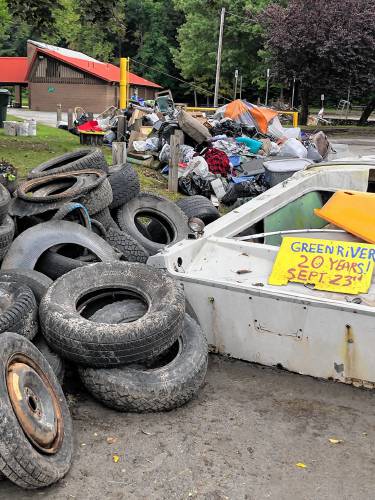
Trash and debris collected during the Green River Cleanup on Sept. 23 included a 10-foot boat. CONTRIBUTED/PATRICK MCGREEVY
| Published: 10-08-2023 9:19 PM |
Perhaps what most distinguishes Greenfield from downriver towns is its setting. It lies at the northern limit of the rich plain that gives Enfield, Springfield, Deerfield, and Northfield their names, but it is also set amid lush forested hills and farms.
Flowing down from these hills is the remarkably pristine Green River. It runs through the heart of Greenfield, but south of the Swim and Recreation Area, it is hidden from sight, perhaps with good reason. When the river flows out of the city it is no longer even close to pristine.
Greenfield severely damages its river. Maybe that’s why we ignore it instead of making it the heart of town (like the Seine in Paris). We need to address this problem — it diminishes our own quality of life in addition to its downstream effects.
The Green River turned the wheels that initiated Greenfield’s industrial development. It gave its water freely — now it’s almost invisible. Its tributaries, especially downstream from the Swim and Recreation area, are a major concern. Maple Brook flows beneath the city, hidden like the river itself and the unhoused who live near it.
Long after this summer’s rains, you could see the foul brook plunging down toward the river in a concrete channel on Colrain Street, filling the vicinity with the odor of sewage. This requires urgent study and remediation.
Farther south, we should consider removing the old dams. Yes, they are reminders of the city’s industrial past, but the time has come to unchain the river.
A little farther downstream where the Green flows into the Deerfield is a tire dump containing between 2,000 and 3,000 tires. This precious yet forgotten site should be a wildlife refuge with public access.
Zooming out from Greenfield, we know that every drop of water that falls anywhere between the highlands surrounding the Connecticut eventually finds its way into the great river. Indeed, flowing water from these hills are capillaries of the same river.
Article continues after...
Yesterday's Most Read Articles
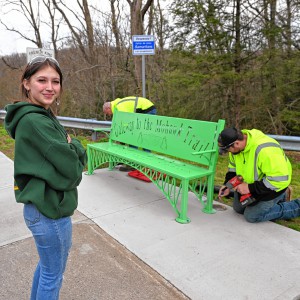 Franklin Tech student welds artistic bench for French King Bridge
Franklin Tech student welds artistic bench for French King Bridge
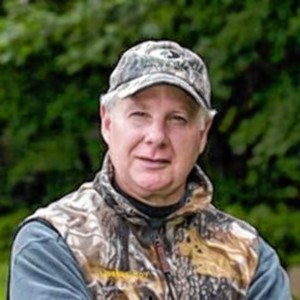 On The Ridge with Joe Judd: What time should you turkey hunt?
On The Ridge with Joe Judd: What time should you turkey hunt?
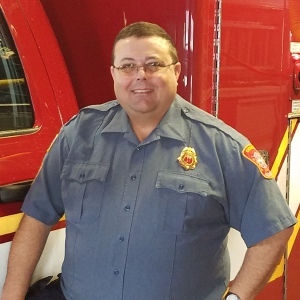 State records show Northfield EMS chief’s paramedic license suspended over failure to transport infant
State records show Northfield EMS chief’s paramedic license suspended over failure to transport infant
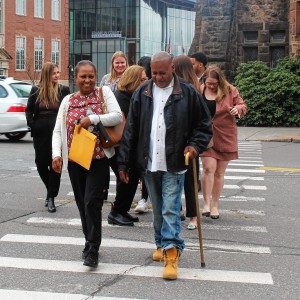 Former Greenfield man granted new trial after 1995 murder conviction, walks free
Former Greenfield man granted new trial after 1995 murder conviction, walks free
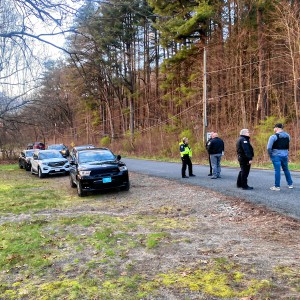 Police report details grisly crime scene in Greenfield
Police report details grisly crime scene in Greenfield
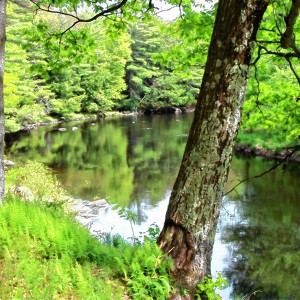 Formed 25,000 years ago, Millers River a historic ‘jewel’
Formed 25,000 years ago, Millers River a historic ‘jewel’
On Sept. 23, hundreds of enthusiastic volunteers gathered at the Swim and Recreation Area and fanned out in all directions to haul trash out of ravines, roadsides and waterways. This year, they removed a significantly greater volume than in previous years. Everyone who contributed deserves our gratitude: local schools, business groups, agencies and volunteers. It was an exhilarating cooperative event.
Taken alone, these efforts never seem complete, as many of the roadways and ravines begin to revert to their previous conditions. Despite this, the Franklin Cleanup and the wider Connecticut Valley Source-to-Sea effort (coordinated by the Connecticut River Conservancy and and the Deerfield River Watershed Association) are important not only for our local quality of life, but perhaps more importantly, for their effects on everyone involved and on those who learn of the event. Their energy and hope might serve as an inspiration more widely. After all, our dilemma is planetary.
In addition to what participants discovered about our local environmental challenges, they gained insight into another disturbing reality. Volunteers interacted with many unhoused people and understood more deeply the heartbreaking barriers they face. This summer’s rains washed through many of their encampments, leaving seemingly endless trash in their wake.
We often ignore these people the same way we ignore the river adjacent to so many of their camps. At the cleanup, we all understood that there is no way to solve our environmental crisis apart from our social justice crisis.
At one site, unhoused people had collected a huge bin of returnable bottles. If we raised deposits on all cans and bottles, everyone would have an incentive to stop throwing them into ravines, brooks and roadways. Can we extend this concept and require all manufacturers to take back their machines and other products when they are ready for disposal?
Perhaps the most striking item recovered at this year’s cleanup was a 10-foot motorboat. This was the one part of the cleanup effort that seemed to get attention beyond our local media. The coverage asked “whose boat is it?” while ignoring the 25 tons of trash adjacent to it. Instead we should ask: How can we replicate and spread the wide-awake vision of those who participated?
Although we can hardly divert our eyes from the possibility of global biosphere collapse, neither can we escape the need to begin right where we live. Robin Wall Kimmerer suggests that, to be “naturalized to place” requires that we “take care of the land as if our lives and the lives of all our relatives depend on it. Because they do.”
David Boles, Mike Patavina and Patrick McGreevy live in Greenfield.

 My Turn: Modern wood heat not carbon bogeyman
My Turn: Modern wood heat not carbon bogeyman My Turn: Unneeded, twice-rejected raise back for another vote in Erving
My Turn: Unneeded, twice-rejected raise back for another vote in Erving Pushback: Your home’s power plant could save our energy grid
Pushback: Your home’s power plant could save our energy grid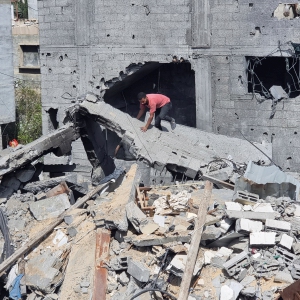 My Turn: How to keep right on killing
My Turn: How to keep right on killing
